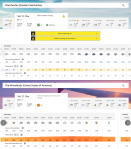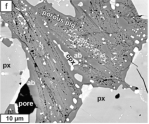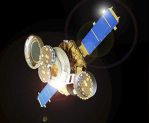This gallery contains 8 photos.
Did you spot the aurora over the weekend? If so, we’d love to see your pictures of the Northern (aurora borealis) or Southern (aurora australis) lights. Here is a selection of photos taken by members of our group who were … Continue reading






